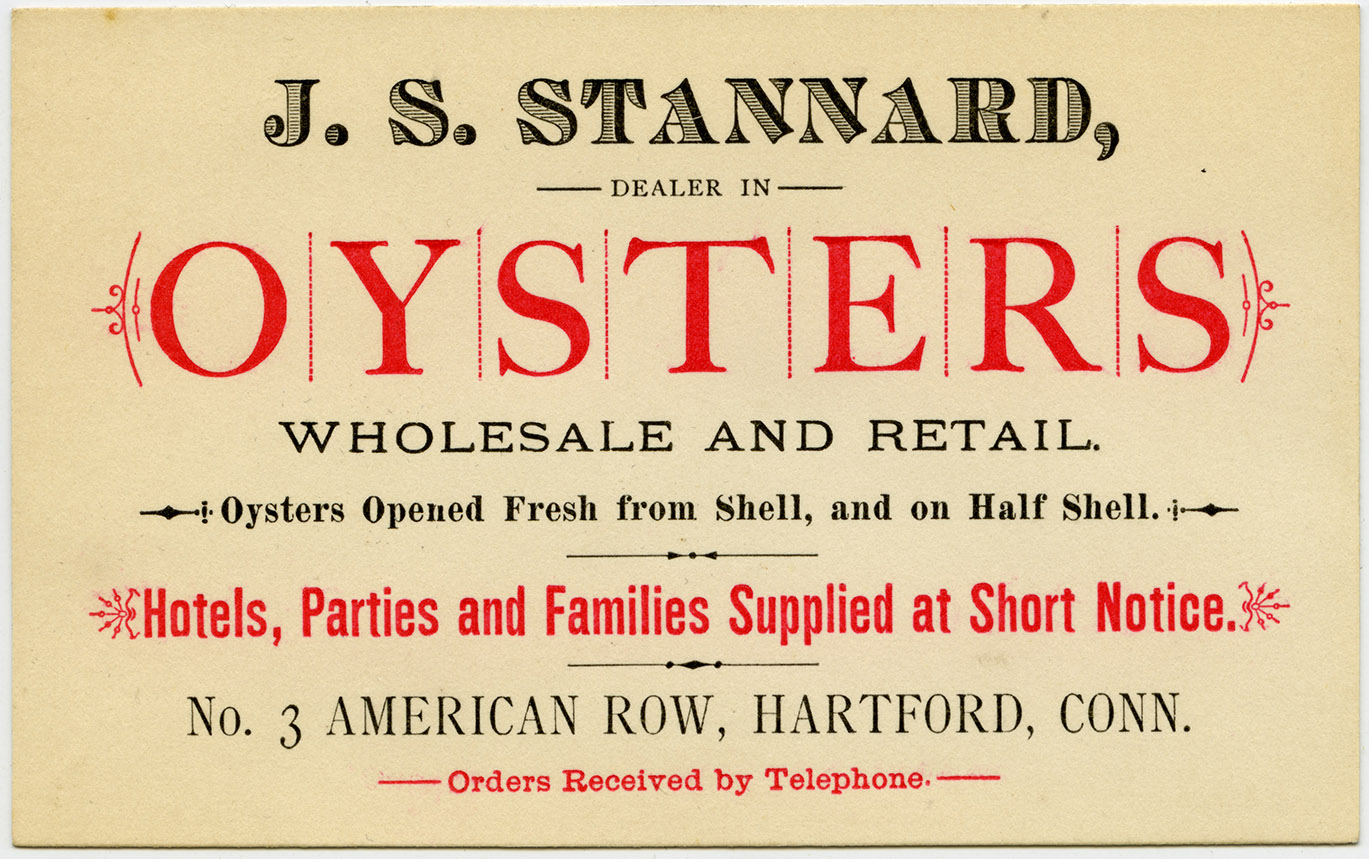Mark A. Baszak Papers
Born in Springfield in 1960 and raised in the Pioneer Valley, Mark A. Baszak received a bachelors degree in music composition and MEd. from UMass Amherst. Beginning shortly after completing graduate study, Baszak played a prominent part for over two decades in promoting the arts at his alma mater, serving as Acting Director of the Performing Arts Division (1987-1989), Coordinator and then Director of the Jazz in July program (1990-2008), Associate Director of Multicultural Programs (1993), and organizer of the Black Musicians Conferences and Festival (1989-1999). As an arts and culture representative of the Massachusetts Hokkaido Sister State Association in the early 1990s, Baszak helped foster exchanges between the sister states, visiting Hokkaido with the first official state delegation in 1991. Baszak died after a brief illness on September 25, 2008.
Documenting the early efforts to build upon the 1990 designation of Hokkaido and Massachusetts as sister states, the Baszak collection includes materials concentrated on the first Hokkaido Week in Amherst and the delegation that accompanied Gov. William Weld to Hokkaido in 1991. In addition to correspondence and memos, the collection includes ephemera collected by Baszak during the various ceremonies and transcripts of speeches delivered.




